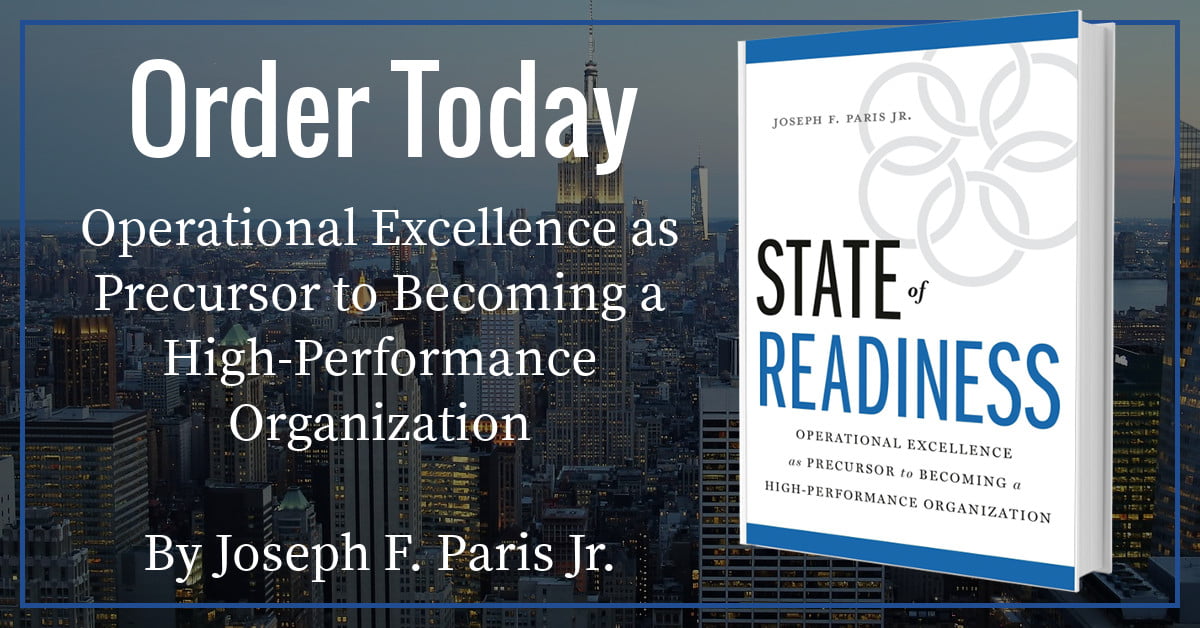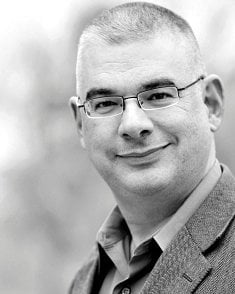Strings of the Universe… How are You Connected?
A few years ago, a good friend of mine loaned me a book entitled “The Elegant Universe,” by Brian Greene. He warned me that there were a lot of physics in it, and that it pertained to the essence of the universe, but that I might be interested in reading it. When I inquired as to why on Earth would it be of interest to me (physics not being a subject matter in which I was fascinated), he responded that he thought that some of the concepts and theories could be adapted to society in general, and business in particular, and challenged me to read it so that we could discuss and debate.
Well, I like a good argument… And I found the book fascinating.
String Theory
One of the theories presented in the book was called “String Theory” the notion that the essence of all matter, down to the particle level, is an incredibly tiny and one dimensional “string.” Now when I was in school, I was taught that for something to exist, it had to have three dimensions. But, since I am not a theoretical physicist, I decided to focus on the strategy being presented and needed to assume that the theory was true so that I could get to the meaning and purpose of what was being proposed.
Greene went further to propose that there were certain fundamental characteristics of these strings – and the way they vibrated – that determined their purpose and place in a galactic symphony. When considered in their entirety, the strings became the fabric which bound and unified the universe – each connected to the next like an infinite game of “degrees of separation” – and established a premise by applying “String Theory” as the basis for a grander “Theory of Everything” (TOE).
Alright, I am thinking. This is certainly no book by Earnest Hemingway or Jim Womack and how in the world do I extrapolate this to society and business? And how can I do it (or is it even possible to do it) without invoking the spirit of Timothy Leary?

I started thinking of my life and experiences. I contemplated how I have met so many people over the course of my life and how these people oftentimes have connected me to others. I thought of the “bond” in these relationships. Some were attracting, some were repelling. Some bonds oscillated between being attractive and being repelling. And there were degrees of intensity in these bonds ranging from the very intense, such as a deep love or loathing for someone — to lesser intensity, such as a business or social acquaintance. Even those individuals I had met that I felt complete apathy towards could be accommodated in this theory.
I then delved into the human endeavor and pondered the most basic element of society, the individual. How is an individual connected to other individuals? There was the most basic connection, the nuclear family. Here, the bonds are very strong (remember, bonds can attract as well as repel). And the nuclear family is connected to the extended family, with the bonds becoming incrementally less powerful as the relationship decreases in closeness and intensity.
There are “communities” which consist of multiple individuals which are related to a kernel, like some star in a solar system. And an individual can be associated with many communities. There is, of course, the geographic community (I am a New Yorker). There is a national community. There are religious communities to which one may belong. There are organizations such as the Boy Scouts, or the Association for Corporate Growth (ACG) which can be defined as communities. Then there is the business community, starting with the company for which you work and moving further out to embrace the entire “value-chain.”
Fabric of the universe
So, much like the fabric of the elegant universe, the fabric that ties the entirety of society is also dynamic and living. If there is a strain in the fabric, the pressure is felt most intensely at the point of the strain and incrementally less the further from the source you are. Yet the entire fabric reacts and supports the point of strain. If there is a tear in the fabric, the fabric heals itself over time by creating new connections, new weaves.
Think of the tears and healing associated with the Civil War which the United States endured or the Axis powers in WWII (to name some simple examples). In both cases there were tears, then the fabric healed, and now the adversaries have become friends.
The fabric permeates the business. Within a department, the weaves are tight and strong, becoming less strong the further from the department-unit one is. Within the business, the fabric is at its weakest where the distance is at its greatest, such as between the CEO and the intern.
When we follow this fabric beyond the walls of the business to the value-chain, we see that the bonds to our primary suppliers (those to whom we cut checks) and our primary customers (those from whom we receive checks), are closer and stronger than those who are secondary, tertiary, or further removed. As the effects of the strains and relaxing of the weaves closest to the business are more felt and more pronounced closest to the business, the natural instinct is to foster and maintain these primary relationships and to pay less attention to those further away.
However, in a “Flat World,” the natural instinct to pay less attention to weaves further away present the most significant and dramatic risk to a business. If the supply of a critical commodity is put at real (or even potential) risk, then the price of that commodity will spike, affecting the entire supply chain. If a critical Tier-1 producer hits tough times (or changes primary suppliers), then a sudden drying of sales may result.
I have seen many companies struggle with the remarkable increase in oil prices over the past year, especially those heavily in the plastics industry. How do they continue to supply product at competitive (or even contracted) prices when their raw materials are up 100% or more? How do they cope with the increase in transportation costs? In both cases, planning and preparedness along with the ability to react to change in a nimble manner, can mean the difference between being the bug, and being the windshield.
For example on the supply-side; Southwest Airlines made a tremendously great hedge on fuel prices for the summer months and locked-in a contract with oil at less than $55.00 per barrel. With the price of oil near $70.00 per barrel, this represents a huge windfall for Southwest and puts them in a position to either be more competitive by having lower costs and being able to reduce the sell-price of their deliverable, or to otherwise invest, or even pocket, the windfall. No other airline of which I know locked-in prices anywhere near this mark.
And as an example on the demand-side: There were many suppliers to Delphi (a former subsidiary of General Motors) who were pushed into bankruptcy themselves when Delphi filed for bankruptcy in October of 2005 and many more pushed to the brink. However, those companies that were pushed into bankruptcy should not blame Delphi for their circumstances, but instead should only blame themselves.
It was no secret that Delphi was struggling and talks of filing for bankruptcy had been heard for a year or more in advance of the actual filing. There was plenty of time for the companies affected to prepare for the highly probable or otherwise develop a “Plan-B.” No, these companies relied upon hope, and in business, hope is not a strategy…“hope is dope.”
But, progress… whether in business or personal relationships… whether in war or in peace… is creative destruction… “That which does not kill me, only makes me stronger,” Friedrich Nietzsche.
So, I leave you with contemplating the fabrics of your own lives… and that of your own businesses. Perhaps consider not just the weaves closest to you, but those more distant. Where is there risk? Where is there reward? Where do you need to mend the fabric? Where is there opportunity to enhance the strength and security of your fabric, or that of your neighbor, or to otherwise make a positive and indelible mark on the world?
… And how can we increase the strength of our fabric?
Paris is the Founder and Chairman of the XONITEK Group of Companies; an international management consultancy firm specializing in all disciplines related to Operational Excellence, the continuous and deliberate improvement of company performance AND the circumstances of those who work there – to pursue “Operational Excellence by Design” and not by coincidence.
He is also the Founder of the Operational Excellence Society, with hundreds of members and several Chapters located around the world, as well as the Owner of the Operational Excellence Group on Linked-In, with over 25,000 members.
For more information on Paris, please check his Linked-In Profile at: http://de.linkedin.com/in/josephparis









